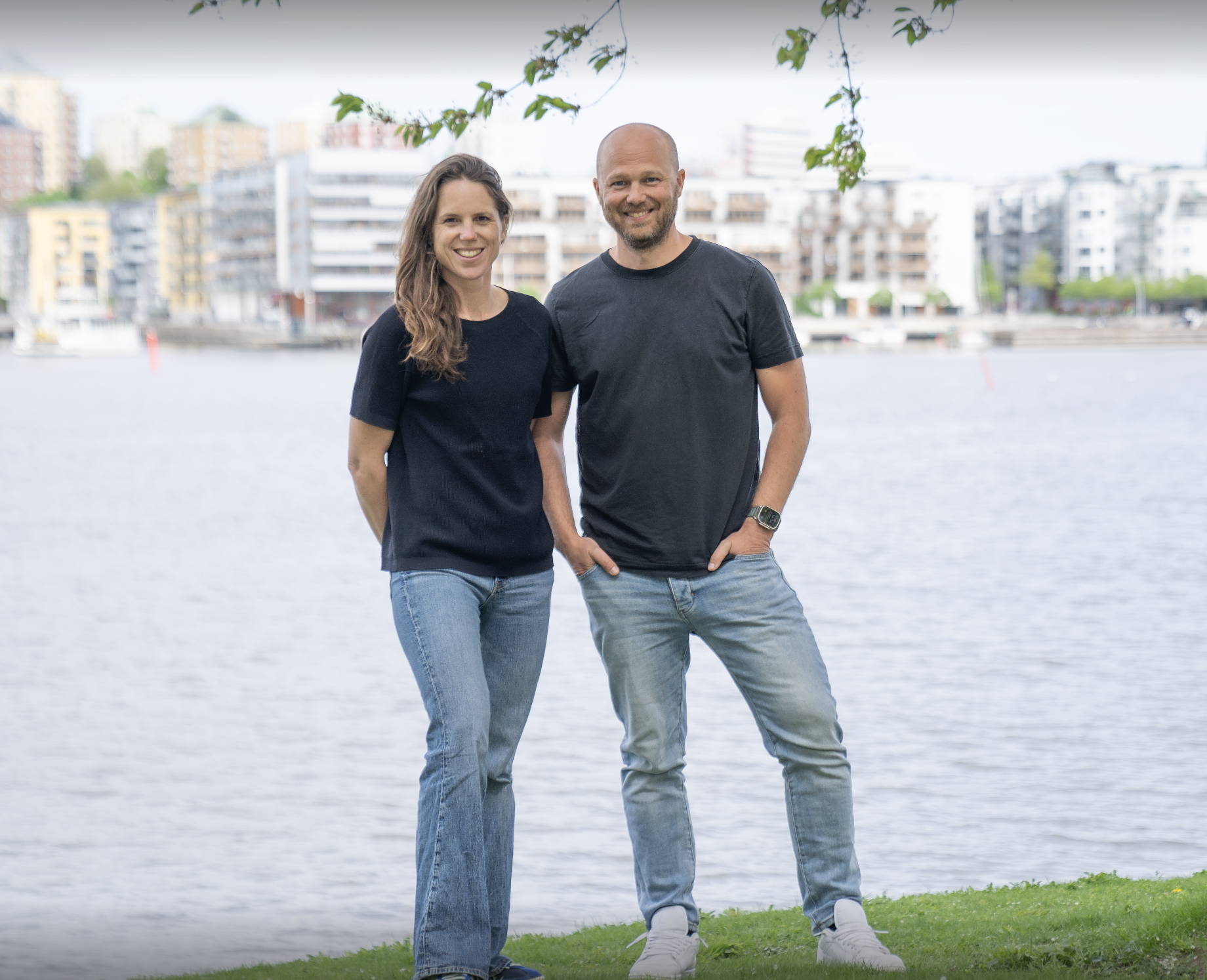Successful CTOs and executives from the Verdane portfolio offer firsthand insights on tech & business
Less than one year ago Talentech, the HR tech company, did not exist. Today, the Verdane-owned software firm has over 2,100 customer throughout Europe and aims to build a European talent acquisition platform through its brands HR Manager, ReachMee, Talmundo and Webcruiter. We asked Thomas Hellstrøm, Talentech’s CTO, about the skills growth CTOs need to master rapid international expansion, team mergers and platform-driven innovation to create lasting competitive advantage. Here are 9 of the skills he had to share.
Communicating well and understanding the bigger picture
“As CTO, a key part of your job is to create effective collaboration between the tech team and the rest of the firm. Taking a step back and understanding the overarching business goals (and struggles) of your firm will help you do that. The first thing you want to do is sit down with your CEO to understand the business plan and strategy – and then sell your vision of how to make that plan and strategy scalable. Understanding and effectively communicating with all client-facing parts of the company is critical in aligning your technical vision for the business and getting the entire company to sell it to your clients.”
Customer first-thinking. Always.
“I make it a point to participate in client meetings regularly. It remains one of the simplest and best ways to ensure that what your team is working on corresponds to the challenges your clients face. It’s also a great way to help clients by tearing up the brief and getting them to ask for deliverables that are going to take your product to the next level – which in turn keeps your team motivated.”
Formulating and selling your vision
“How do you convince management of granting you the budget you need, attract the right talent, get team members from bolt-on acquisitions to sign up for the ride ahead, or product develop to grow revenue and increase stickiness? It starts with getting your vision right and selling it . And to do so it must be aligned with the business strategy. Then in order for your team to execute on that strategy, make it clear what you want each team to be the best at, and why they need to perform. Give them the bigger picture, beyond the technology.
Building autonomous teams that deliver on your executive vision
“One of the key characteristics of working at a private-equity owned growth firm is that you are likely to be facing multiple bolt-on acquisitions in a very short space of time. I went from CTO at HR Manager to CTO for Talentech, consisting of HR Manager, ReachMee, Talmundo and Webcruiter, in less than 12 months. There are 50 people working in development across five countries, and each team has its own culture and way of working. Don’t change that – if you steamroll your new organisation with a monolithic culture, you’re going to lose a lot of talent. You can’t afford that if your objective is rapid growth.
Once you’ve canvassed the bigger picture, beyond the technology, organize your tech teams around specific areas they will be in charge of, and create a delivery plan. To stimulate continuous learning and innovation, you can rotate responsibility for these areas over time. Let each team take full responsibility for the whole development cycle, including bugs and support after you’ve implemented the code. Build trust by playing to each team’s strengths, and create a culture where developers control as much of their everyway work setup as possible. Use the momentum from shifting development away from monolithic systems toward a service architecture and devops culture to energise the team and make sure you can scale in the future.”
Using geographic distance to your advantage
“When it comes to having geographically dispersed teams, I see it as a positive. Creative synergies rise out of differences, so you don’t actually want all your tech people in the same office or environment. Remember that what’s important for you as a CTO is to effectively phrase and sell your vision to the management and to your teams, and then to coach them while they execute it. When meeting my new teams, the first thing on my agenda was to make sure there were no silos that would prevent my teams from assuming A-Z responsibility. Key to this was having development and operations in the same team, followed by a focus on developer productivity and devops culture. Centralised logging, feature toggles, CI/CD pipeline and short release cycles are also great enablers for teams to work autonomously.
9 months later, our focus is on building specialised competence across teams that will allow us to involve people across teams and countries for knowledge sharing and to boost team skills.”
Remembering that the true effect of what you are creating is automation
“The true effect of the platform you are building is automation. The technology is the way you get there. By understanding whose pain points you’re solving (is it HR, which has a limited budget – or is it business development, which will get you a bigger slice of the pie?), you’ll be able to insert your product into new conversations to grow your revenue. Instead of talking about AI, I find it more useful to say that we want to provide intelligence in our services that make our users better and more efficient at their jobs, whilst automating mundane tasks. Sometimes the task is just to connect the dots, other times it may actually require AI-based projects.”
Rewarding ideas that promote platform innovation
“Once you’ve successfully pitched your vision, nudge your tech teams in the right direction with the help of a system for how available resources are allocated. If you want to encourage product development that ultimately leads to platform-wide innovation, you need to make sure that projects aimed at improving integrations or functionality that make your bundled offering more attractive are rewarded with bigger budgets and the best developers. This one is tough, because it’ll take time before you’re going to start seeing the results you want and both management and developer teams are going to take a lot of convincing. But unless you pivot to platform innovation, you’re not going to extract any synergies. Getting your teams to start thinking of your offering as a whole, and identifying possible improvements, is also a useful way of identifying other add-on acquisitions you may want to make.”
Balancing legacy with new development
“Developers generally want to work on the most forward-leaning projects, because that’s where they feel they grow. However, you need to make sure that your legacy products simultaneously stay up to date. We tend to use an 80-20 rule where our developers spend 80% of their time on projects and processes they are well-acquainted with (at least partially including product maintenance for projects they’ve worked with, and feel ownership of) and the remaining 20% on new stuff that will expand their skillset. Since we are in a fast growth mode, there are plenty of new projects – making this a great way to get people introduced to new tech and skills, instead of having dedicated days for side projects.”
Encouraging the right kind of leadership
“What kind of leaders do autonomous teams need? At any rate, not very authoritarian ones. For the approach we’ve taken, leaders who facilitate processes and coach their teams are a lot more successful since the teams themselves are the stars – not the leader. Since we want the teams working on each project to be highly engaged, we also encourage people to champion development in an entrepreneurial style in the early phase of the projects. This is what works for us, but obviously it needs to be tailored to your organization.”
About Verdane
Verdane is a specialist growth investment firm that partners with tech-enabled and sustainable European businesses. Verdane can invest as a minority or majority investor, either in single companies or through portfolios of companies, and looks to deploy inside two core growth themes; digitalisation and decarbonisation.
Verdane funds hold over €6 billion in total commitments and have made over 400 investments in fast-growing businesses since 2003. Verdane’s team of over 140 investment professionals and operating experts, based out of Berlin, Munich, Copenhagen, Helsinki, London, Oslo, and Stockholm, is dedicated to being the preferred growth partner to tech-enabled and sustainable businesses in Europe.
Verdane is also a certified B Corporation, the most ambitious sustainability accreditation globally. The firm only backs businesses that pass its 2040 test, which indicates whether the company can thrive in a more sustainable future economy.
Verdane is partly owned by the Verdane Foundation, which is focused on two areas: climate change and more equitable and inclusive local communities.
More info: www.verdane.com
Follow Verdane on LinkedIn


